Statistics Assignment: Australian Exports, Regression, and Analysis
VerifiedAdded on 2022/12/30
|10
|719
|49
Homework Assignment
AI Summary
This statistics assignment analyzes Australian export data from 2004/05 and 2014-15, focusing on the changing trade relationships with countries like China and the UK. It includes graphical representations of frequency and percentage data, along with observations about the shifts in export partners. The assignment further delves into frequency tables, histograms, and ogives related to grades, calculating proportions based on these distributions. A time series analysis and scatter plot explore the relationship between retail turnover per capita and final consumption expenditure, including descriptive statistics, correlation coefficients, and a linear regression model. The analysis includes interpreting the intercept, slope, coefficient of determination, and conducting a hypothesis test to assess the statistical significance of the relationship between the variables. The assignment concludes with an evaluation of the model's fit using the standard error and includes a list of relevant academic references.
1 out of 10
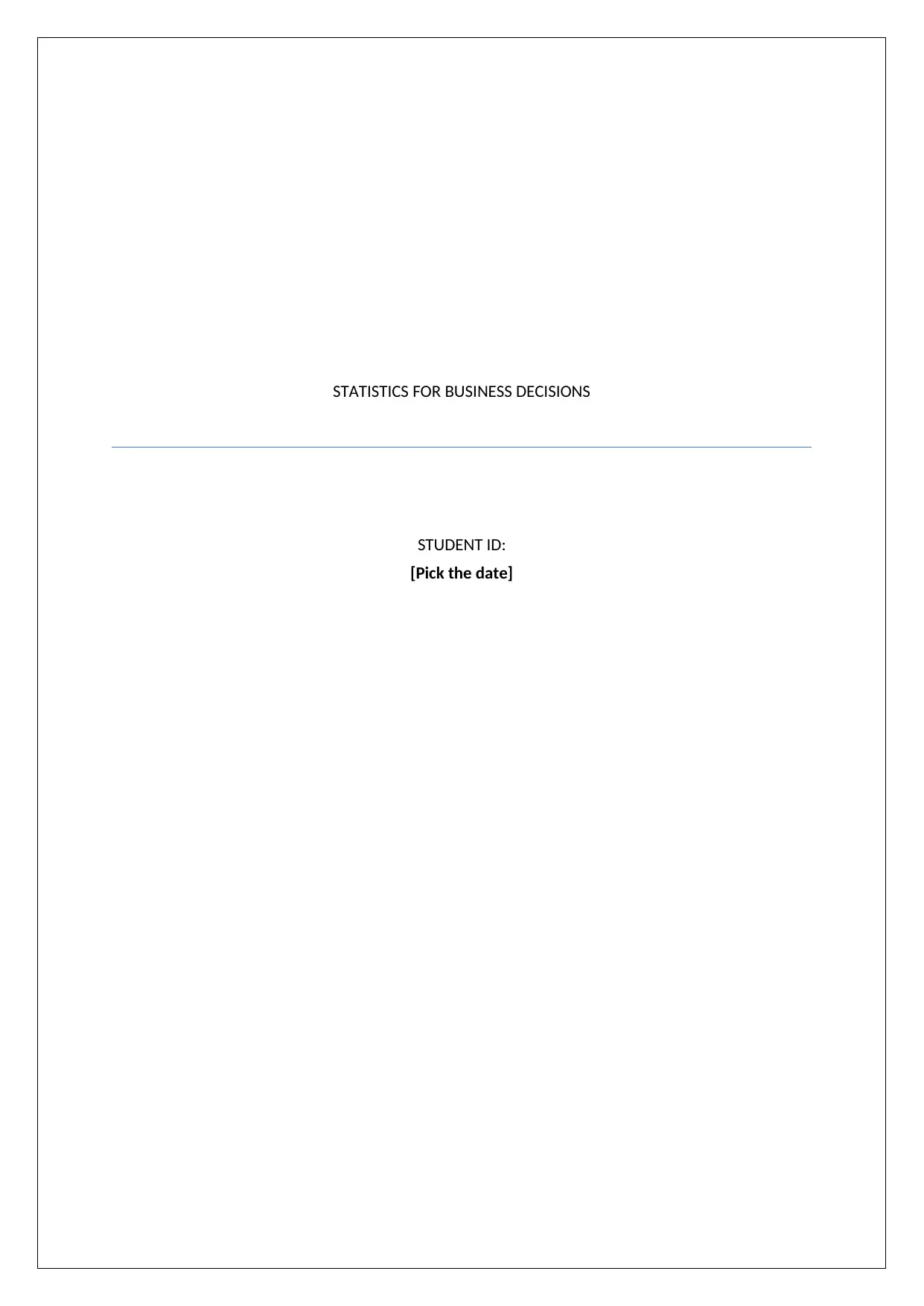
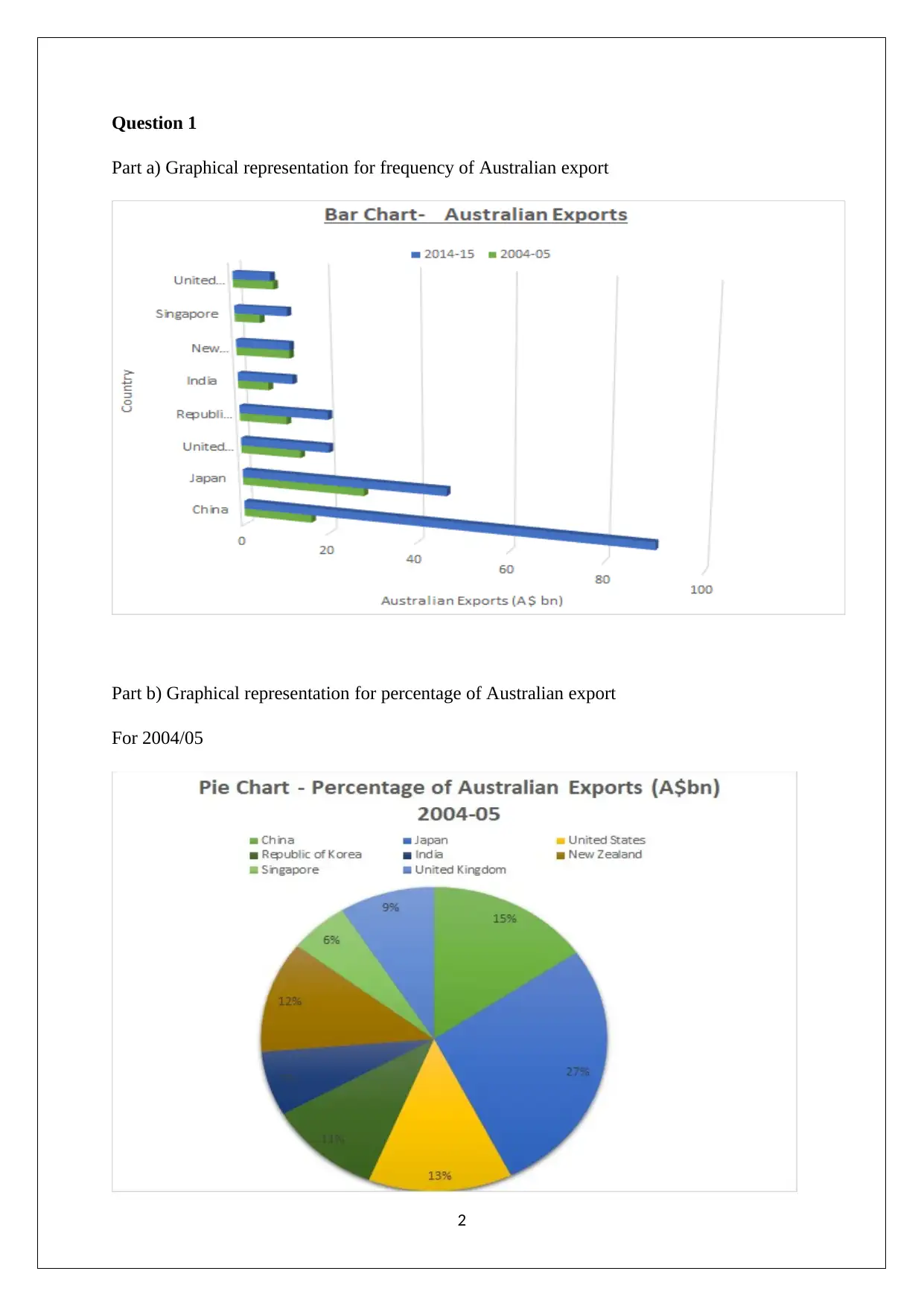
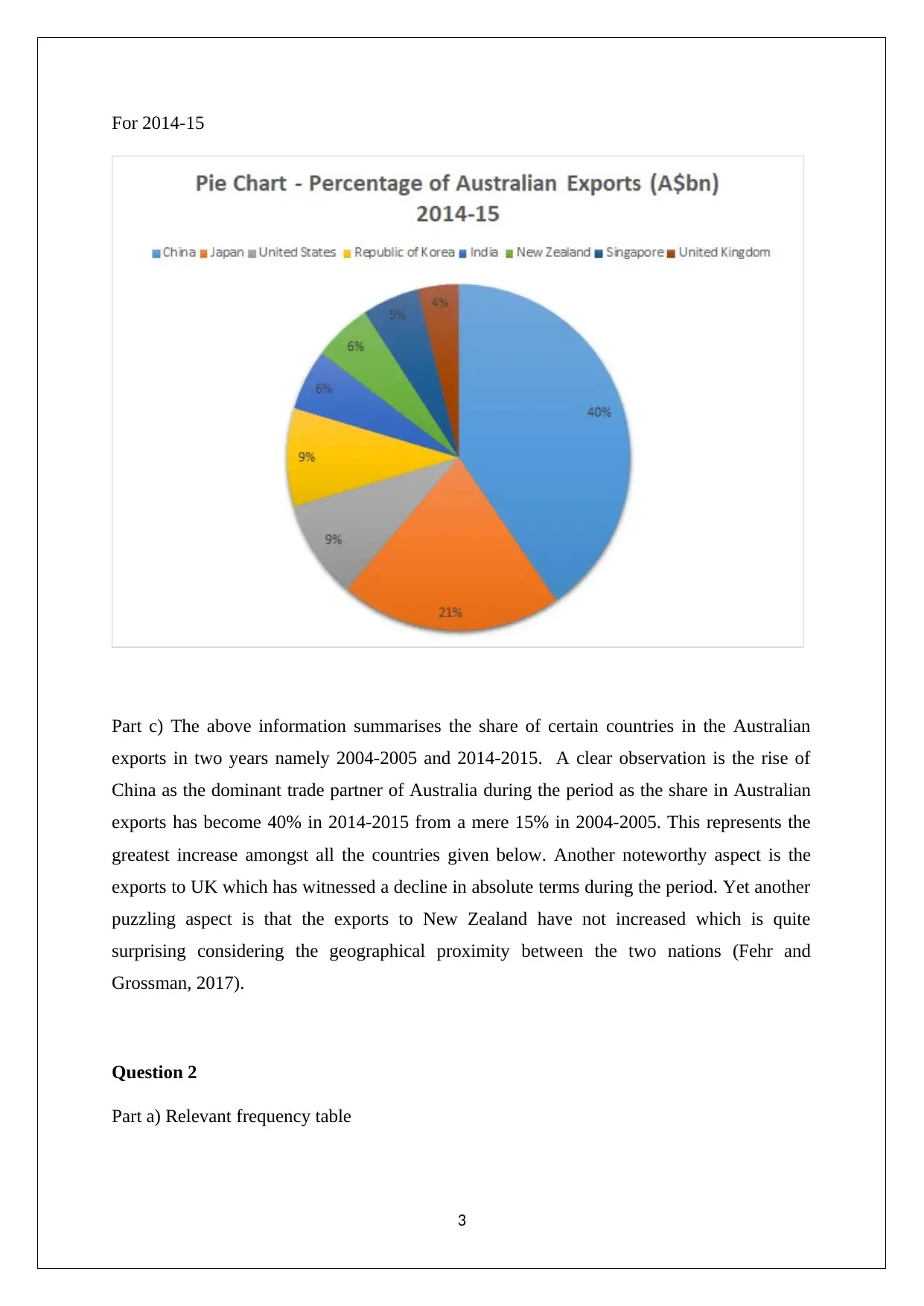

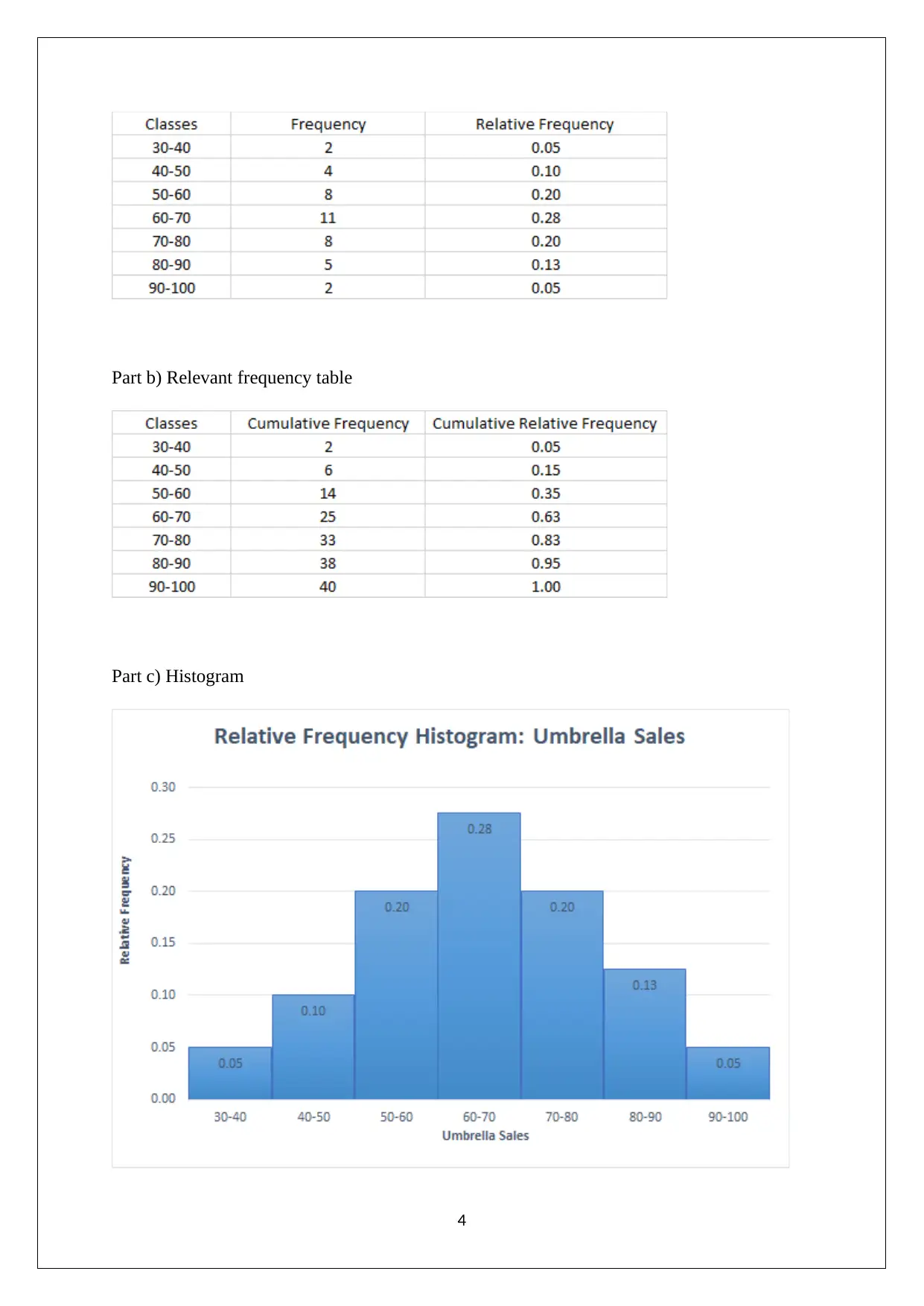
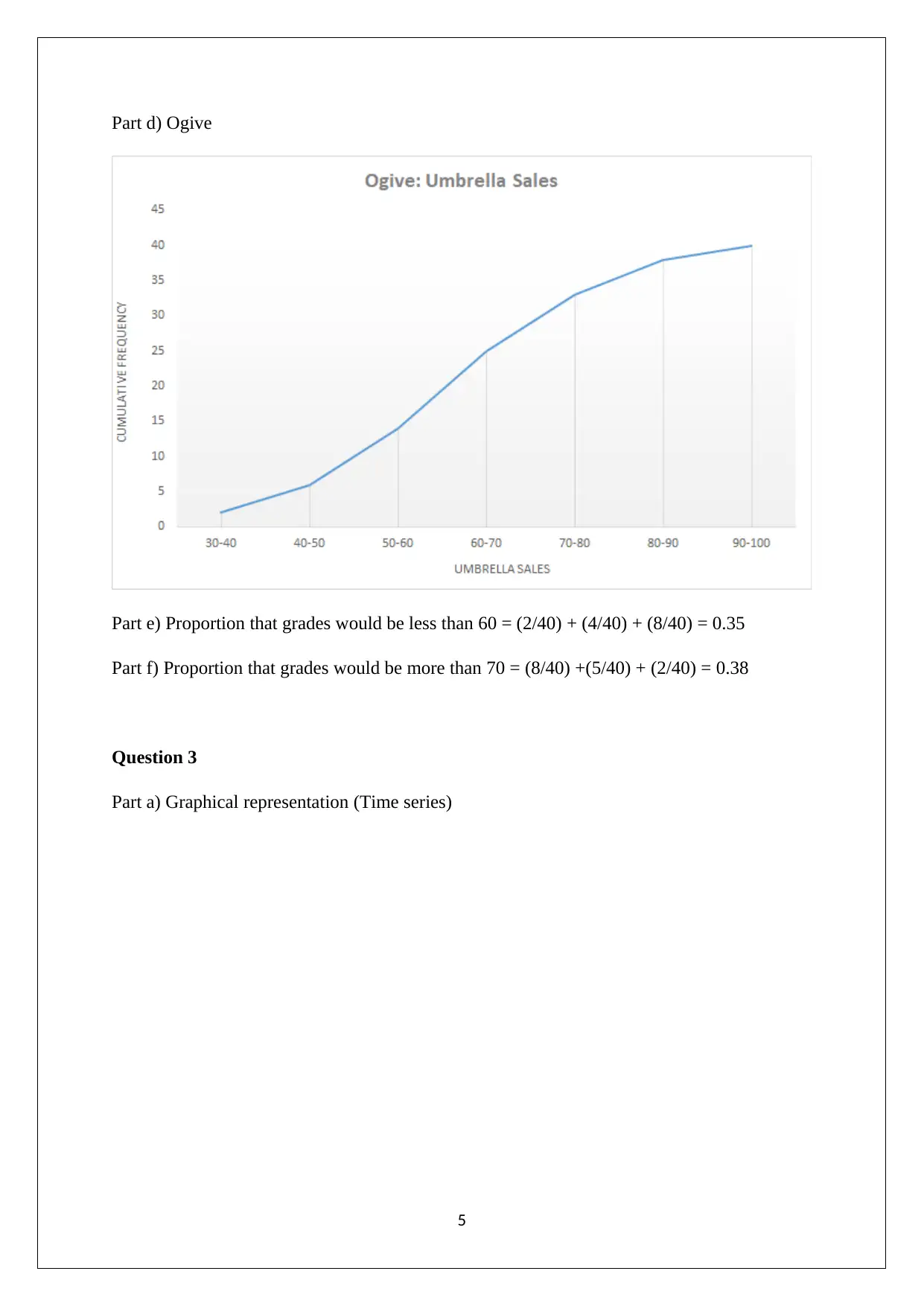
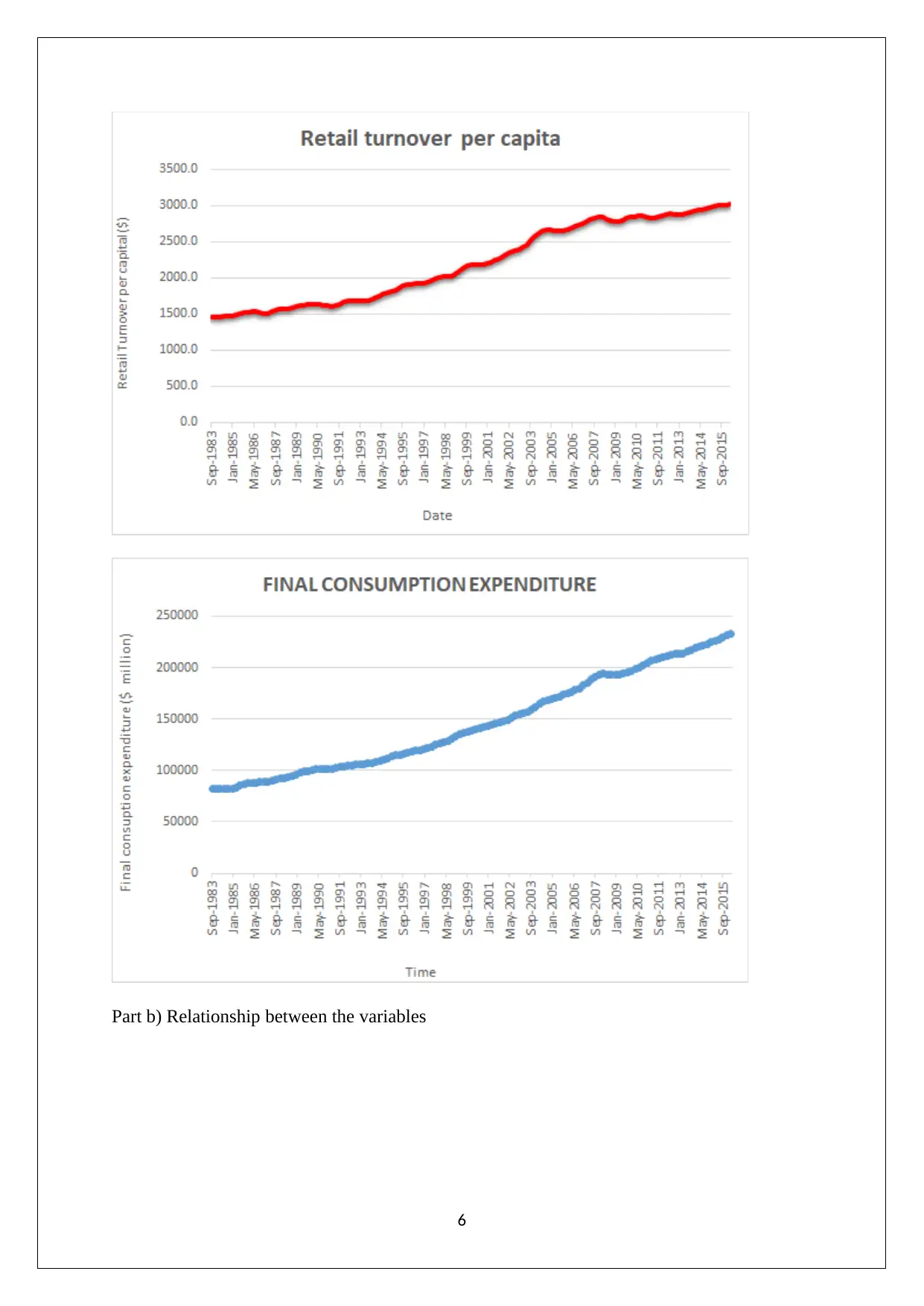
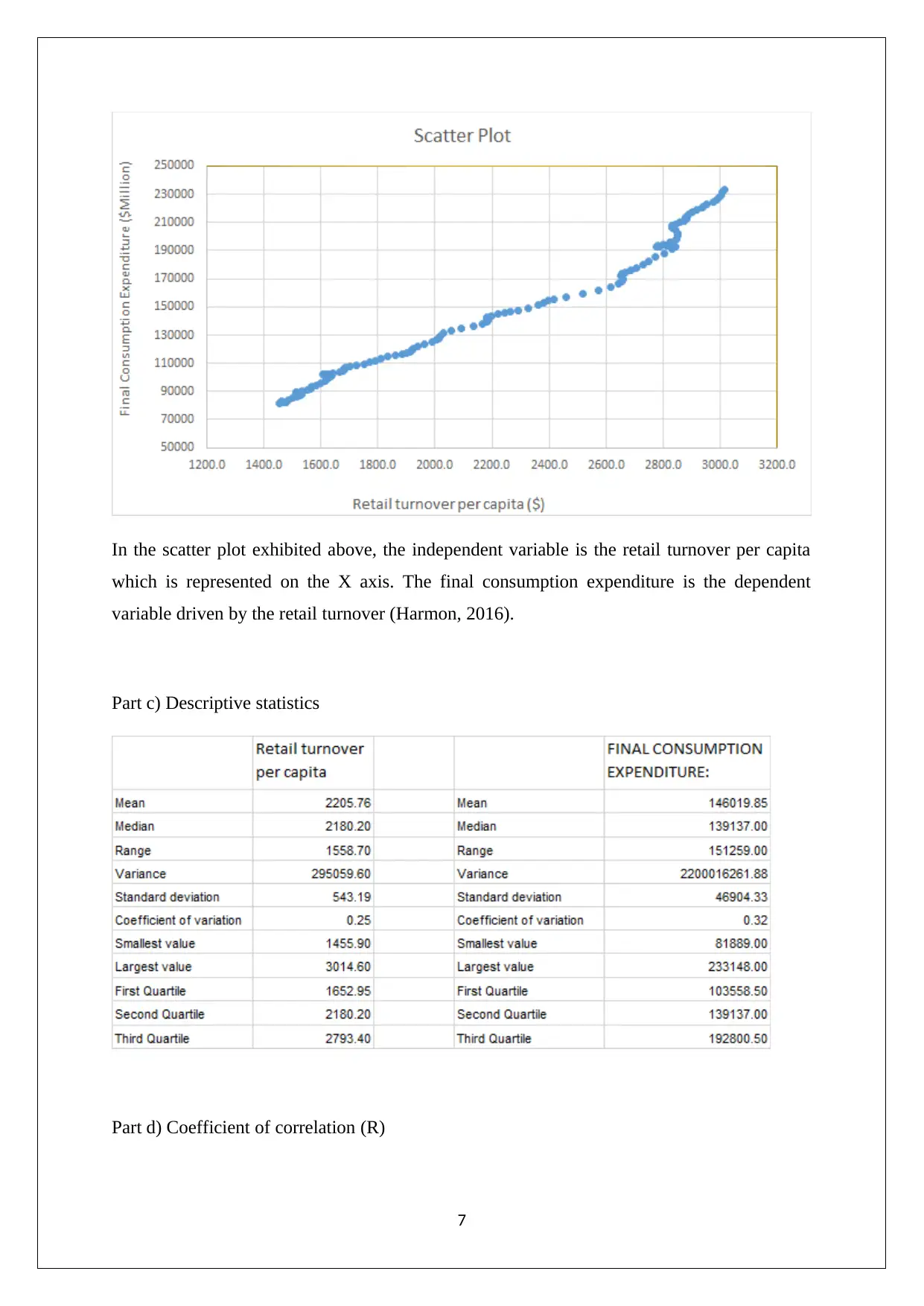
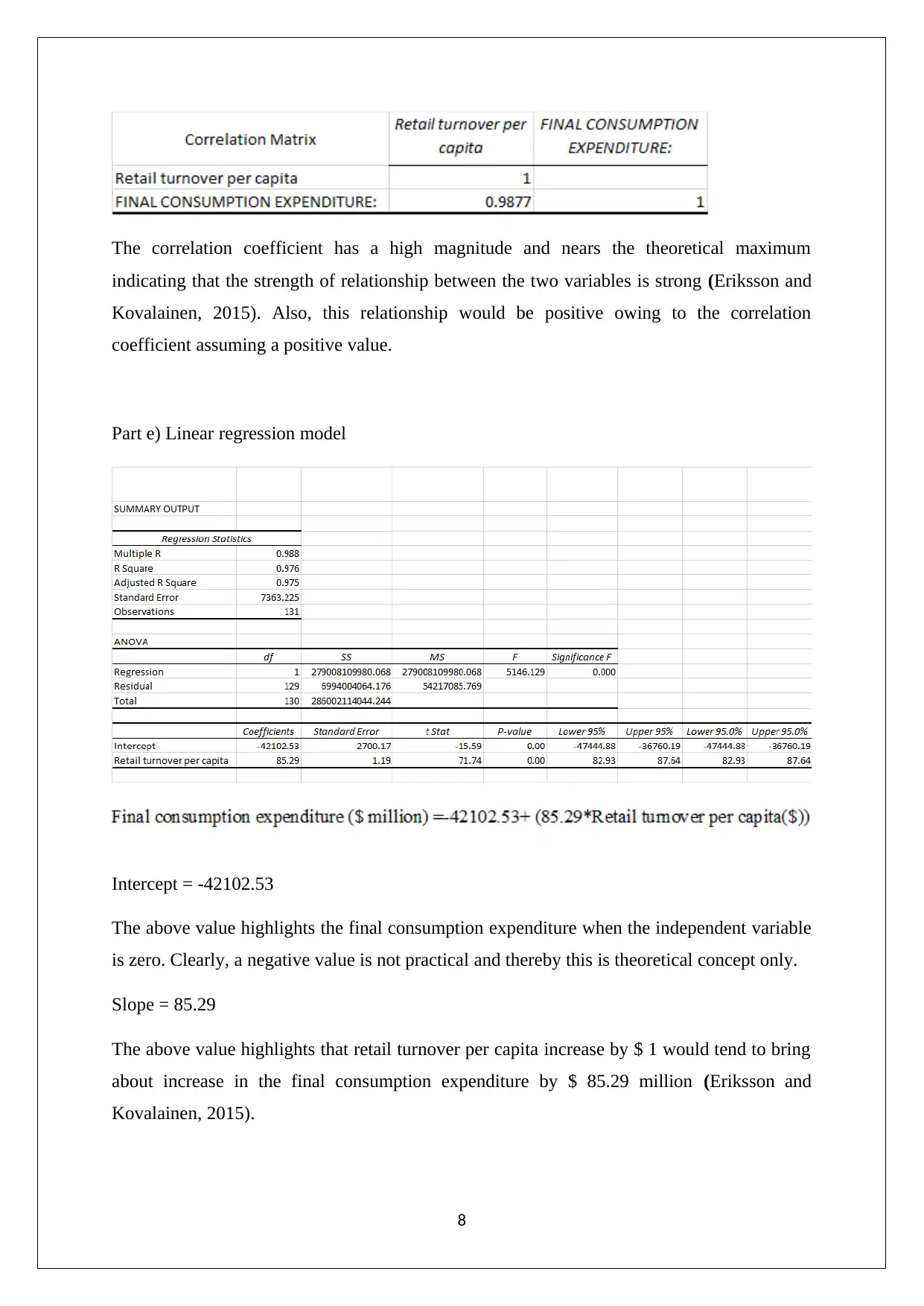
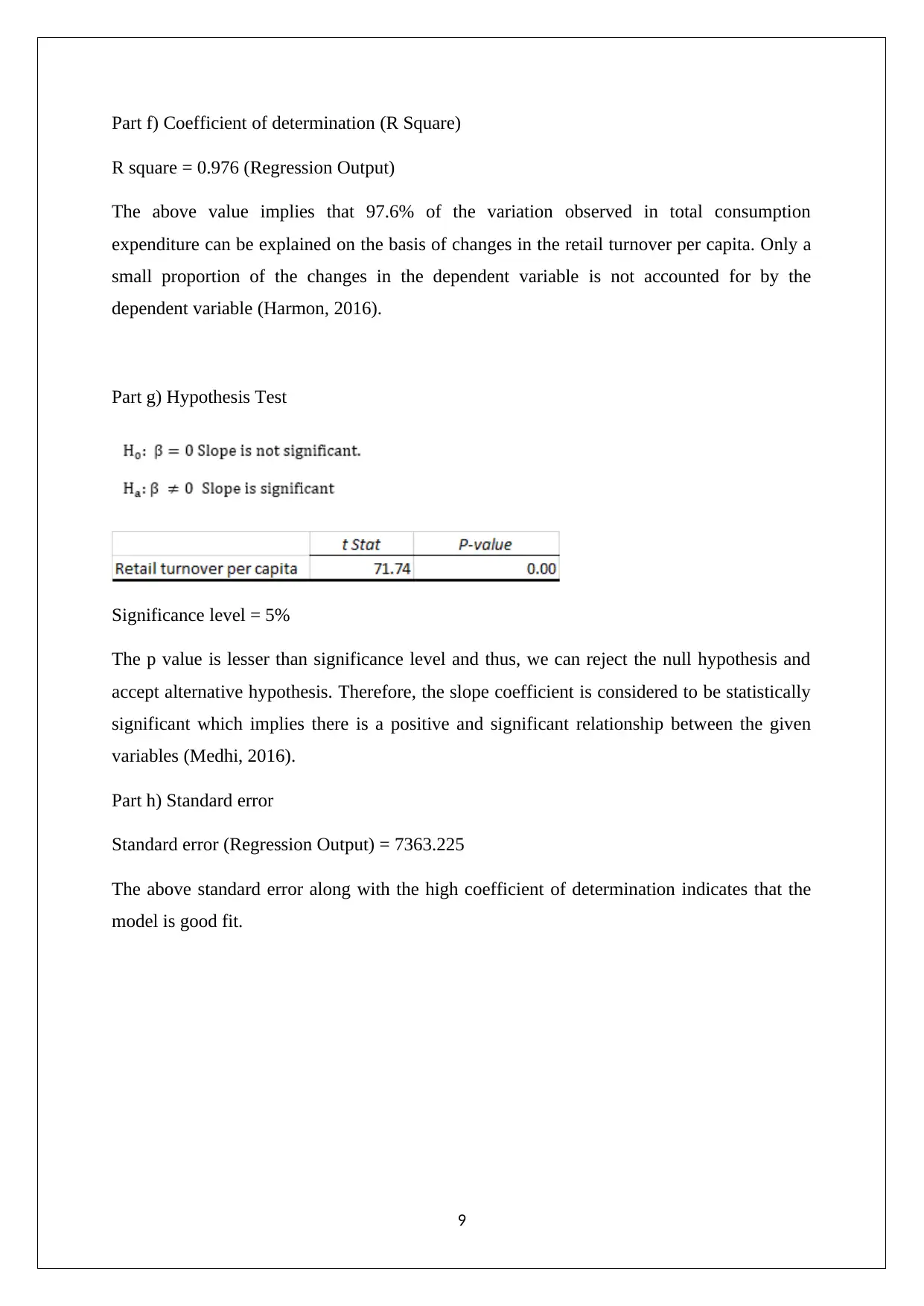
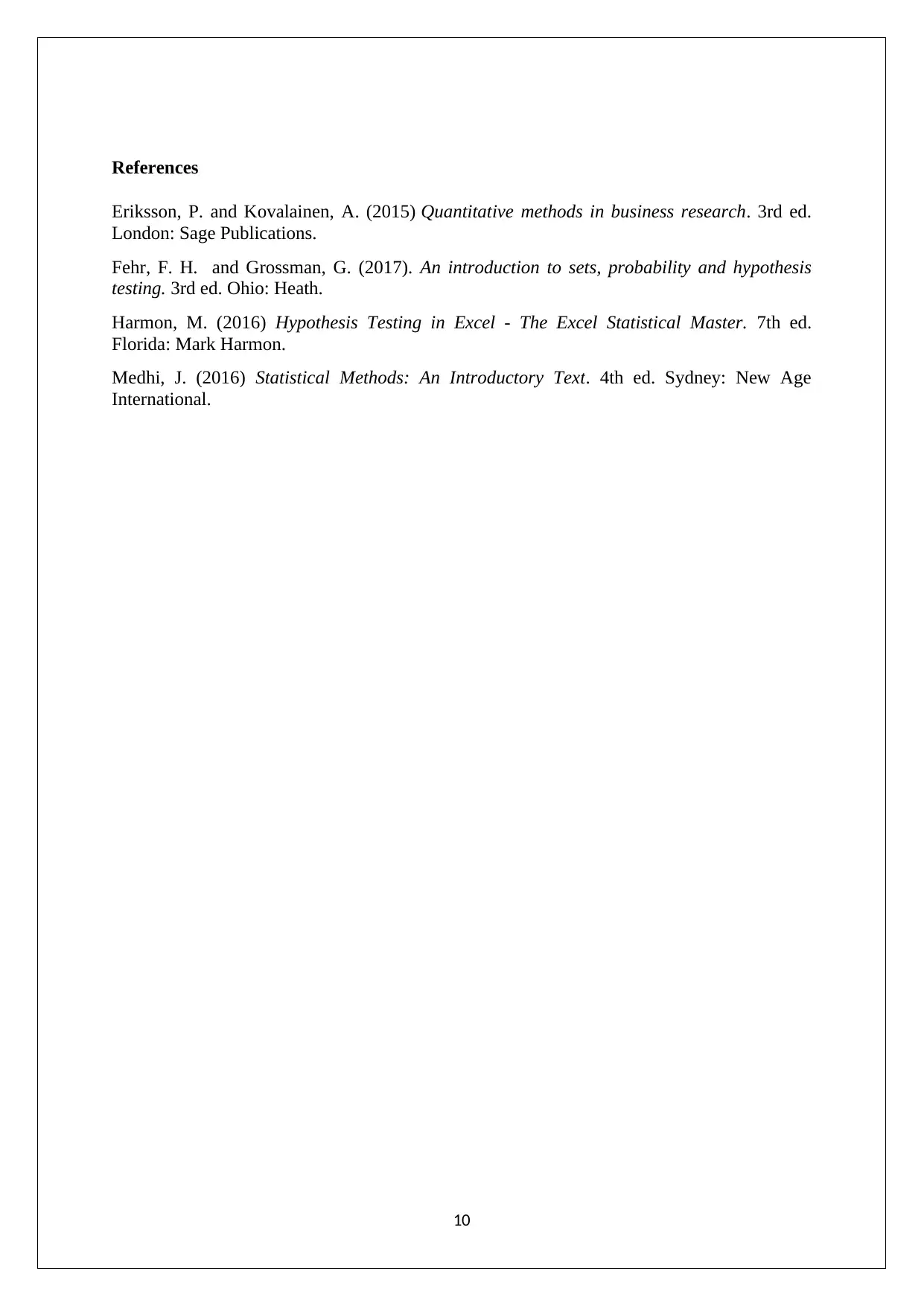






![[object Object]](/_next/static/media/star-bottom.7253800d.svg)